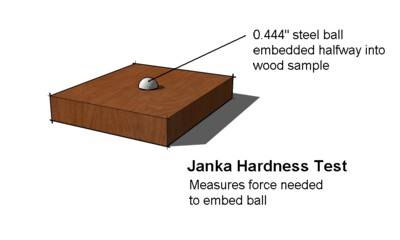Rosewood (Central American) // Dalbergia stevensonii
With good dimensional stability, this Rosewood has a variety of color with a straight grain - which makes this a rather easy wood to work with. It's dense and tight grained, easy to finish.Color Range
A pinkish red to orange with darker streaks of purple, red, or brownOther Names
Honduras rosewood, NagaedSome Typical Uses
Cabinetmaking, Marquetry, Musical instruments, Tool handles, some furniture parts, decorative items.What's the Tree Like?
The decent sized tree grows to 100' tall and up to 36 diameter. The trunk is often fluted, short, and forked.Rosewood (Central American) grows in Latin America



